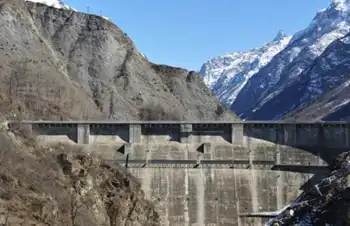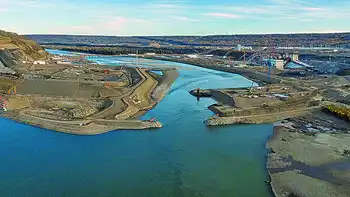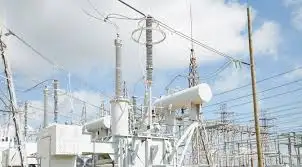China to build 525-MW hydropower station on Yangtze tributary

CHONGQING -
China plans to build a 525-MW hydropower station on the Wujiang River, a tributary of the Yangtze River, in Southwest China's Chongqing municipality.
The Baima project, the last of a cascade of hydropower stations on the section of the Wujiang River in Chongqing, has gotten the green light from the National Development and Reform Commission, China's state planning agency, the Chongqing Municipal Commission of Development and Reform said Monday.
The project, in Baima township of Wulong district, is expected to involve an investment of 10.2 billion yuan ($1.6 billion), it said.
#google#
With a power-generating capacity of 525 MW, it is expected to generate 1.76 billion kwh of electricity a year, and help improve the shipping service along the Wujiang River.
More than 5,000 local residents will be relocated to make room for the project.
Related News

Site C mega dam billions over budget but will go ahead: B.C. premier
VANCOUVER - The cost to cancel a massive B.C. energy development project would be at least $10 billion, provincial officials revealed in an update on the future of Site C.
Thus the project will go ahead, Premier John Horgan and Energy Minister Bruce Ralston announced Friday, but with an increased budget and timeline.
Horgan and Ralston spoke at a news conference in Victoria about the findings of a status report into the hydroelectric dam project in northeastern B.C.
Peter Milburn, former deputy finance minister, finished the report earlier this year, but the findings were not initially made public.
$10B more than initial estimate
On…





